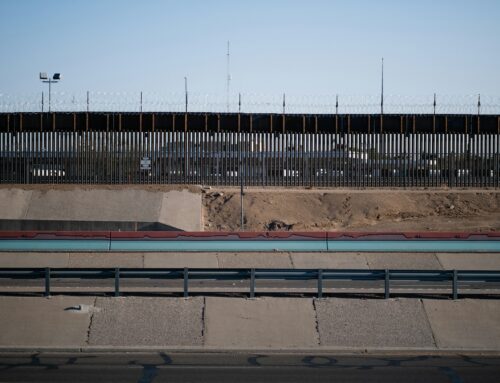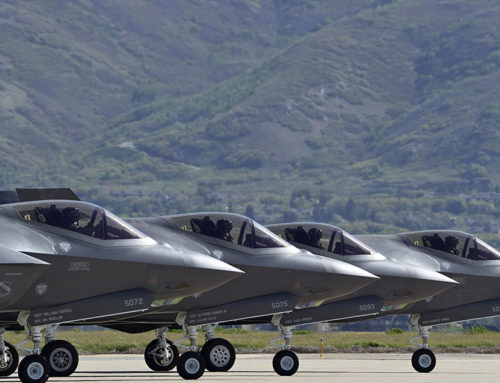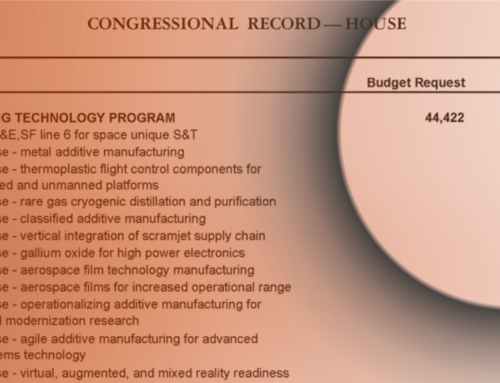We first wrote it after the attacks in Paris, then again in Brussels and now we have the attack on a Christmas market in Berlin.
As we wrote in November of 2015, shortly after the events in Paris, it appears Pentagon strategy and priorities are not adapting as quickly as terrorist tactics. Unfortunately, the military services are huge bureaucracies that adapt at a glacial pace – to use a Navy analogy, the services can change procedures about as quickly as you can turn a battleship.
Defense department bureaucracy has kept us from fully adapting to counter this threat. Pentagon spending for Fiscal Year 2017 is nearly $600 billion. Of that, we’re planning to spend a little more than $100 billion to buy new weapons and modernize existing systems. But how much of this spending will keep this country safe from the types of attacks we are seeing in European capitals?
Tell us what you think:
- Will revamping the entire U.S. nuclear arsenal keep Americans safe from terrorists bent on attacking U.S. cities? It’ll cost about $1 trillion to do.
- What about spending $10.5 billion for 63 F-35 fighter jets? Will that keep us safe from terrorists with homemade bombs?
- Or how about using gimmicks like the OCO account or the National Sea-based Deterrence Fund to cram in more spending. Will that help us defeat terrorists using tractor-trailers as weapons?
The answers are all an obvious “no.”
Early in 2016, the outgoing Secretary of the Air Force, talking specifically about the two legs of the nuclear triad that are in the Air Force budget, said that she believes a national debate is needed on whether or not to invest in modernizing (which includes replacing and expanding) all three legs of the triad. At TCS we agreed.
Enter President-elect Trump and his recent Twitter commentary on nuclear weapons, “The United States must greatly strengthen and expand its nuclear capability until such time as the world comes to its senses regarding nukes.” This has ignited a ferocious debate across the political spectrum on whether the incoming President has fired the starting gun to a new nuclear arms race. He certainly seems to think so, reportedly telling one commentator, “Let it be an arms race.”
If there’s one truism about any new policy it’s this: the budget is where the rubber meets the road in Washington. You can have all the policy planning in the world, and without the money to implement that policy, you’ve got a whole lot of nothing. Remember the “Pivot to Asia?” There was tons of talk about this “new” idea that the U.S. needed to be ready to counter whatever the unnamed threats (because hardly anyone ever uttered the words “China” or “North Korea”) might be in Asia. But objective analysis of budget requests prior to and after this “pivot” shows very little change in what the Pentagon was asking to buy in the way of weapons.
In fact, most of the people talking about budgeting for a renewed emphasis on Asia were the contractors trying to sell something. (Cough – the F-35 – cough) So at TCS we’re pleased to read Mr. Trump’s other tweets about looking at upgraded F/A-18 Super Hornets as a possible alternative to some of the planned F-35 inventory. We’ve been suggesting exactly that alternative for years.
What we need in Washington is a policy and strategy decision-making process that leads directly to budget choices that can advance those policies and strategies. And we need the new Administration and the Congress working together toward that end.
Let’s all hope that 2017 brings a realistic budget process that is informed by a strategy to keep us safe.














Get Social